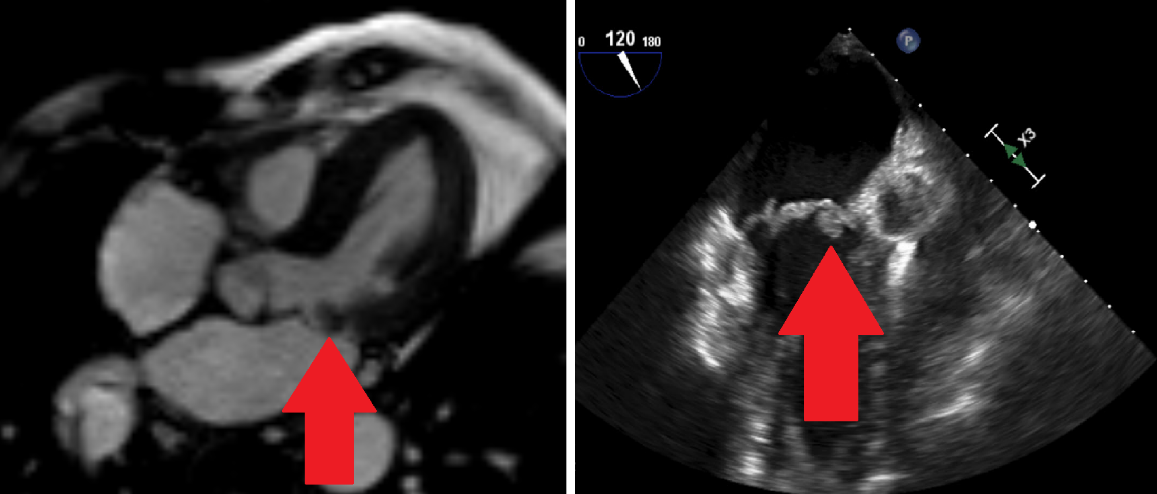Brain-heart axis
Emboli from the heart and great supraaortic arteries account for about 25% of acute ischemic stroke. The standard diagnostic test to identify structural cardioaortic sources of embolism is transthoracic or transesophageal echocardiography, but the number needed to screen for relevant findings with change of management on an evidence-based principle is relatively high. Cardiac MRI and cardiac CT have emerged as novel tools to identify cardioaortic sources of embolism. We strive to provide evidence for optimal selection of cardiac imaging tools to identify structural cardioembolic sources of stroke and to provide a workflow for patient selection.
There are various other forms of interplay between the brain and the heart in the setting of acute ischemic stroke. Another research focus in this area is on troponin elevation in the setting of acute ischemic stroke. This scenario is frequent after acute ischemic stroke and the most relevant differential diagnosis is concomitant acute coronary syndrome. With our research, we aim to correctly classify stroke patients with elevated cardiac biomarkers and develop a workflow for optimal management of stroke patients with myocardial injury.

